What Is Fruit Infused Water?
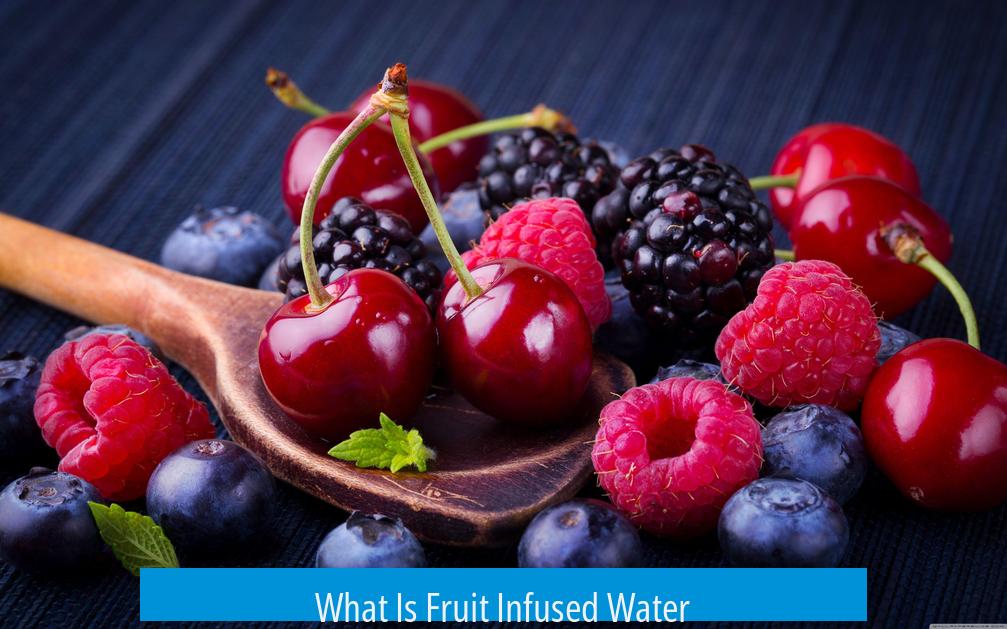
Fruit infused water is plain water enhanced with natural flavors extracted from fruits, herbs, and botanicals without adding sugars or artificial additives. It provides a refreshing way to hydrate while enjoying subtle tastes from natural sources. The infusion imparts flavor and aroma while preserving the low-calorie nature of water.
How Is the Flavor Extracted for Fruit Infused Water?
At the industrial level, fruit flavors come from advanced technology called the Spinning Cone Column.
- This device extracts volatile flavor compounds from fruit juices without solvents.
- Fruit juice enters the column; vacuum pressure separates strong aromatic molecules from water and sugars.
- The flavor compounds form a clear concentrate liquid, similar to essential oils but solvent-free.
- The water and sugar base can be processed separately and combined back with flavor to control final taste.
This process preserves the natural essence and ensures claims like “all-natural” and “organic” can be met.
Flavor Composition: Role of Propylene Glycol (PG)
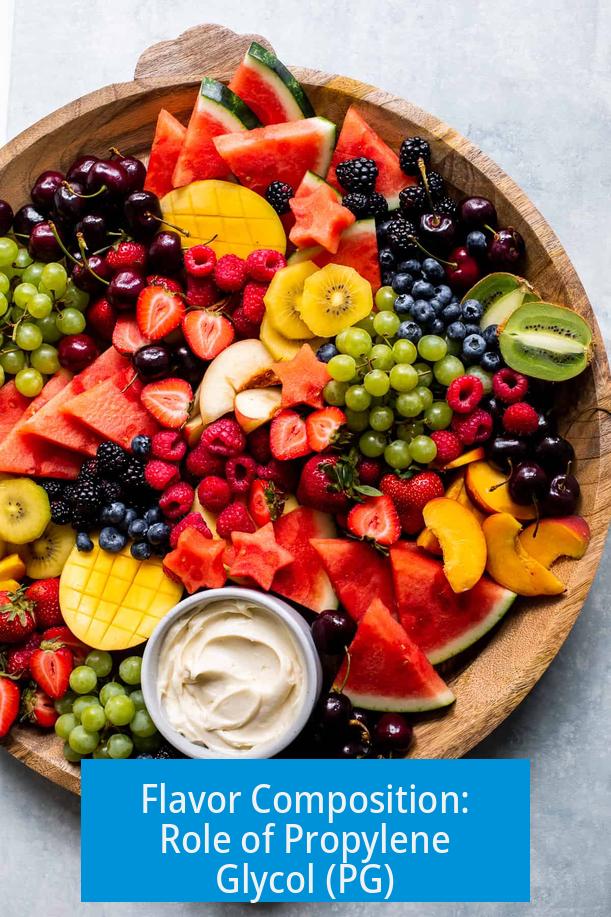
Volatile flavor compounds are often oily and do not mix well with water. To stabilize these extracts in water-based beverages, manufacturers use co-solvents. Propylene glycol (PG) is a common choice.
- PG helps evenly distribute tiny amounts of oil-like flavor extracts into water without cloudiness.
- Its synthetic origin makes it non-GMO, an advantage when targeting strict labeling regulations, especially for European markets.
- Alternatives like glycerin or ethanol might come from GMO sources such as corn, complicating labeling and export.
Many fruit infused water brands labeled “all-natural” likely use PG-based flavor packs for clarity and stability.
Flavor Variety and Trend Insights
Flavor companies track emerging trends through annual catalogs. Popular or new fruit flavors in these collections often predict consumer products releasing the next year.
- Trends such as macadamia and coconut flavor appeared first among flavor suppliers before showing up in beverages or ice creams.
- Fruit infused waters often use trendy or classic flavors like citrus, strawberry, cherry, and apple.
Monitoring flavor catalogs helps predict what fruit infused water flavors might dominate markets soon.
Consumer Experience and Common Observations
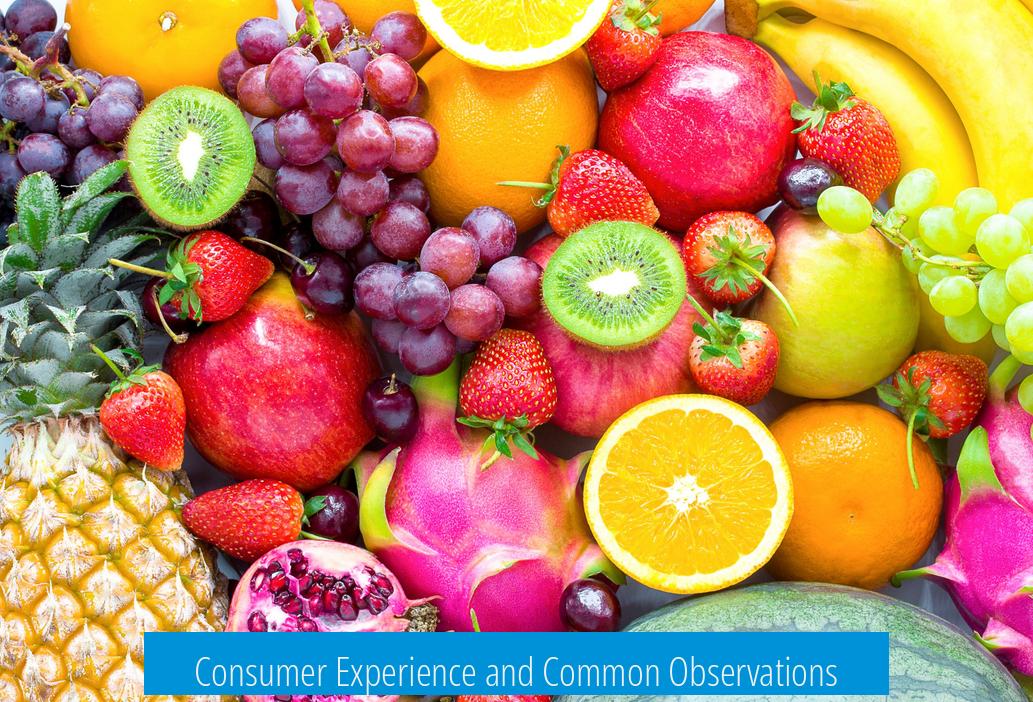
Many consumers find fruit infused water pleasantly aromatic, but sometimes the flavor intensity can feel subtle.
- There is often a stronger scent than taste, leading to mixed impressions.
- Products using premium flavor extracts can be costly, limiting access for some buyers.
- Questions arise regarding the naturalness and GMO-status of ingredients despite “natural” claims on products.
Transparency about ingredients and sourcing remains a consumer concern demanding clearer labeling.
Estimated Flavor Concentrations and Base Water Quality
The actual amount of flavor extract in each bottle of fruit infused water is small but effective.
- Estimates suggest manufacturers use between 2 to 5 cents worth of flavor per bottle.
- The flavor is typically added to purified or reverse-osmosis (RO) water bases.
- Such minimal flavor additions can still significantly change the taste profile of plain water.
Making Fruit Infused Water at Home

Preparing fruit infused water is simple, healthy, and requires minimal ingredients and equipment.
Ingredients
- Choose organic fruits and herbs when possible to avoid pesticides.
- Wash and rinse produce thoroughly.
- Use filtered water at room temperature or cold — avoid hot water as it degrades nutrients and causes produce to disintegrate prematurely.
Vessel Options
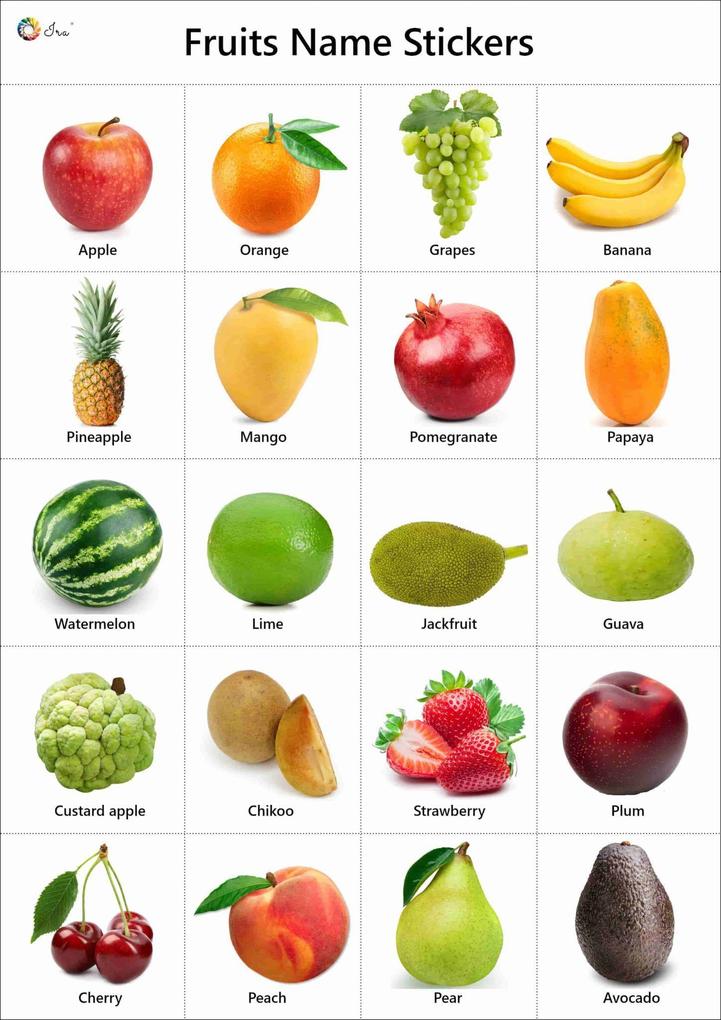
- Glass pitchers or bottles work well.
- Infuser water bottles provide convenient on-the-go flavor.
- Insulated bottles keep water cold, preserving flavor and safety.
Preparation Tips
- Slice softer fruits (citrus, strawberries) in any thickness for faster infusion.
- Slicing harder fruits (apples) thinly helps release flavor more quickly.
- Crush fibrous roots (ginger, lemongrass) and tear leafy herbs (mint, basil) to release oils.
- Use tea infusers or cheesecloth for loose herbs or petals.
- Infuse at room temperature for up to 2 hours; refrigerate afterward to inhibit bacteria.
- Some flavors infuse quickly (cucumber, mint, citrus) while others need overnight soaking (apple, rosemary, ginger).
- Avoid letting citrus soak beyond 4 hours to prevent bitterness.
- If not consumed within 24 hours, strain solids and keep refrigerated for up to 3 days.
- Refill containers when half full; flavor diminishes but remains enjoyable.
Industry and Consumer Transparency
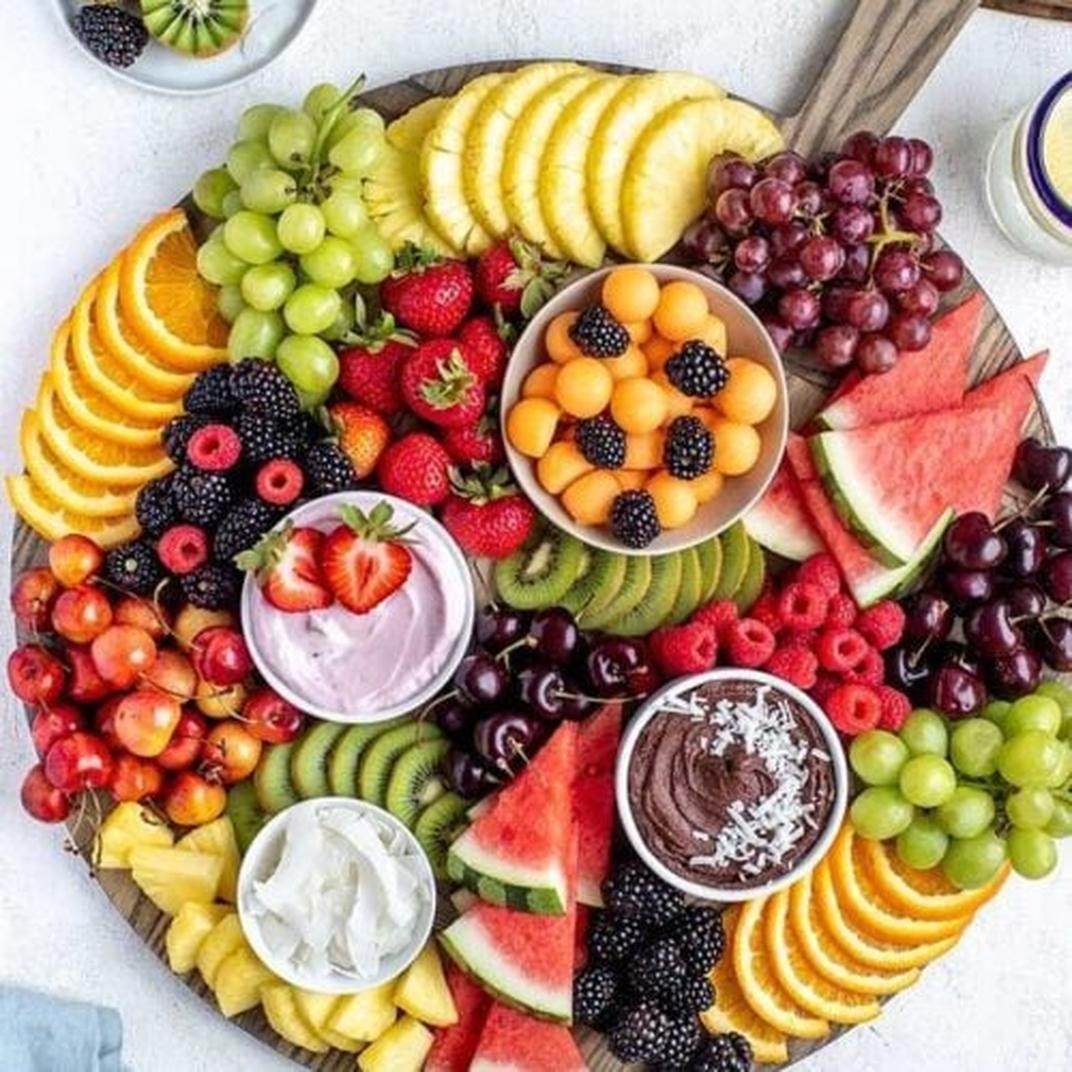
Consumers desire more openness about how fruit infused waters and their flavors are made and sourced.
- Requests for factory tours or manufacturing disclosures reflect skepticism.
- Clarification on artificial vs. natural ingredients, GMO status, and additives is increasingly demanded.
- Labeling inconsistencies can cause mistrust toward “natural flavored” claims.
Summary of Key Takeaways
- Fruit infused water is water flavored naturally by volatile compounds extracted from fruits using specialized technology.
- The spinning cone column efficient extracts flavors without solvents, preserving natural quality.
- Propylene glycol is a typical co-solvent aiding flavor blending and offering non-GMO assurance.
- Flavor trends align with broader food industry movements and can forecast new product launches.
- Home preparation is straightforward: organic produce, filtered water, and proper infusion time enhance flavor and safety.
- Consumers seek transparency about ingredients, flavor sources, and labeling accuracy.
- Flavor is usually a minor cost but greatly influences consumer enjoyment and product differentiation.
The Truth About Fruit Infused Water: Flavor Magic, Tech, and What You’re Really Drinking
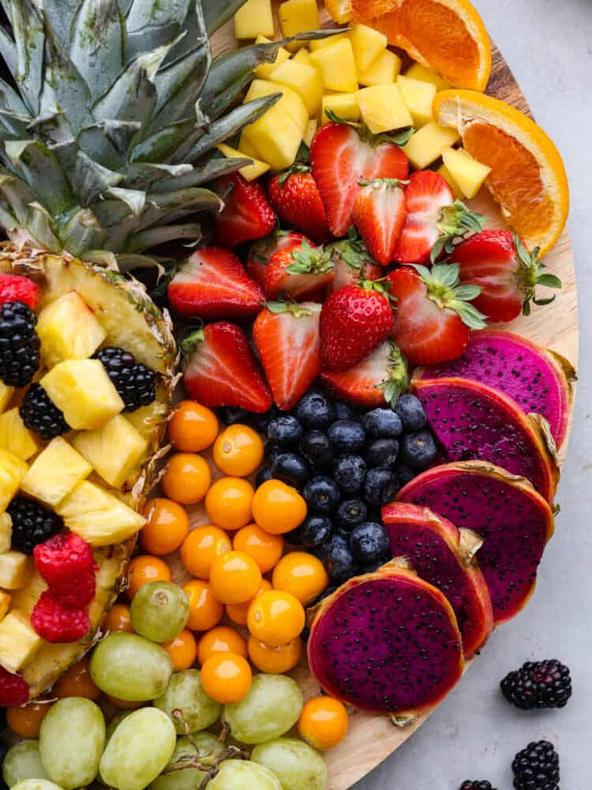
What is fruit infused water? It’s simple—water flavored naturally by the essence of fruits, herbs, and botanicals. That means hydration with a splash of taste and zero sugar drama or artificial nasties. But behind that refreshing sip lies a story of high-tech wizardry, marketing mysteries, and a dash of consumer skepticism. Let’s unpack the truth and tricks of fruit infused water, from flavor extraction to your glass.
First, imagine water that’s just plain but craves personality. Enter fruit infused water, which adds delightful essences without calories, sugars, or synthetic flavorings. It’s basically hydration dressed up for a party—social, fun, and guilt-free. But don’t grab the first bottle off the shelf without a little insight.
How Is That Fruit Flavor Made? Spinning Cone Column Magic
Here’s a kicker: the fruit flavor in your water often comes from something called “spinning cone column” technology. Yes, it sounds like a roller coaster for molecules, but it’s actually quite clever.
A company like Flavourtech takes real fruit and turns it into liquid juice. Then, using a vacuum in the spinning cone column, they suck out all the volatile flavor compounds—the real nose-pleasers that make fruit smell and taste like *fruit.*
This process skips solvents, preserving the natural and organic feel. The result? A concentrated flavor liquid that’s clear and oily—kind of like an essential oil made from fruit—but without any chemical nasties.
The taste molecules rise to the top as a flavor concentrate, while the water and sugar settle below. For things like orange juice or coffee, the water gets removed too. Then, the flavor is added back to a concentrate, keeping the essence intense and pure.
The Secret Ingredient: Propylene Glycol (PG)
Now, here’s where it gets tricky—and a bit controversial. To blend those oily flavor extracts into water without a cloudy mess, producers often use propylene glycol (PG). It acts like a mediator, helping oil-based flavors mix smoothly into water.
PG is synthetic but safe and not GMO-derived, unlike glycerin or ethanol that might come from genetically modified corn. That’s why companies that care about “natural” and “non-GMO” labels lean on PG despite not advertising it much.
But PG isn’t exactly organic or a darling of health purists. Some brands—even ones touting “all-natural”—still rely on it quietly. Consumers demanding purely organic flavors might find this less than ideal, but it’s a trade-off for clarity and stable flavor blends.
Flavor Market Trends: What’s on Tap Next?
Believe it or not, big flavor companies run flavor catalogs much like fashion houses release trend reports. Want to predict next year’s fruit infused water sensation? Check these catalogs!
For example, a sudden spike in macadamia and coconut flavor might hint at next year’s tropical ice cream or beverage flavors heading your way.
Brands like Hint appear to mirror these industry trends, offering flavors people crave. But your taste buds decide if it’s magic or marketing. One reviewer said—
“I can’t tell if it actually tastes like cherry or if it just smells like cherry. The scent is so strong, yet every sip leaves me wanting more of that flavor punch.”
Holy sniff test, Batman! That’s the difference between scent and taste. The tech excels at volatile aroma capture, which our noses adore, but sometimes the flavor on the tongue plays a quieter role, leaving some drinkers puzzled.
Cost and Availability: Why So Pricey, Hint?
The delicious flavor doesn’t come cheap. A whisper of flavor extract—likely costing just a couple of cents—brings life to bottles filled mostly with reverse osmosis (RO) purified water. Those fancy bottles and branding add up.
Many consumers wonder if they can just purchase the same PG-based fruit “perfumes” to infuse their tap water. Spoiler: Not so easy for the average person. The flavored packs used by big brands are crafted with high-tech equipment and quality controls, behind corporate doors.
What’s Really Inside? The Mystery of Labels
Skepticism about “natural flavorings” is rampant. Some consumers complain: if fruit infused water products are “natural,” why don’t labels say “non-GMO” or “bioengineered free”? One customer shared,
“I bought a pack, then read the ingredients at work. I’m no longer buying it. ‘Natural flavored’ sounds fishy—probably bioengineered.”
These doubts fuel calls for clearer, more transparent labeling. The truth is, “natural flavor” can mean many things legally, and without disclosures, trust erodes fast.
DIY Fruit Infused Water: Make It at Home Like a Pro
Don’t despair or empty your wallet just yet! Making your own infused water is simple, budget-friendly, and customizable.
- Choose Organic Produce: When possible, pick organic fruits and herbs. Wash thoroughly to remove pesticides and dirt.
- Use Filtered Water: Cold or room temperature filtered water is best. Avoid hot water—it destroys nutrients and affects taste.
- Pick Your Vessel: Any glass or pitcher works. Portable infusion bottles are great for on-the-go sipping.
- Prep Ingredients Thoughtfully: Slice soft fruits like citrus or strawberries thick or thin. Thin slices work best for harder fruits like apples.
- Release Herbal Goodness: Crush rosemary, ginger, or lemongrass with a wooden spoon to unleash oils; tear leafy herbs like mint or basil.
- Mind the Timing: Infuse at room temperature for a max of 2 hours, then refrigerate. Some flavors need overnight chilling, like apples and cinnamon.
- Know Your Flavor Timeline: Waterlogged fruit looks sad! Melons and strawberries fade quickly, but citrus and whole berries last longer. Remove citrus rinds after 4 hours to avoid bitterness.
- Storage Tips: Strain solids if not finished within 24 hours and refrigerate for up to 3 days. Refill your water container midway through the day to keep sipping flavorful hydration.
What Does This All Mean for You?
Fruit infused water offers a healthier, tastier way to stay hydrated. Yet, it’s not just fruit swimming in water—complex extraction processes and additives like PG play a hidden role.
If you love the convenience and taste of commercial fruit infused waters like Hint, keep in mind you’re paying for flavor innovation, brand promise, and packaging just as much as the water inside.
But if you want full control and transparency, DIY is your best bet. Your homemade concoction might not have the heady aroma of spinning cone column-extracted flavors, but it’s fresh, real, and exactly what you put into it.
Final Thoughts: Should You Sip on Fruit Infused Water?
Absolutely—to anyone wanting to ditch soda or plain water boredom. Just keep curiosity alive.
- Ask questions about flavor sources and additives.
- Don’t assume “natural” means 100% organic or GMO-free.
- Experiment at home to connect truly with what you drink.
- Remember, flavor is often a fragrance party your taste buds only partly attend.
So next time you pop open a fruity flavored bottle and savor that fragrant scent, savor it fully—but know that hydration science is stirring behind the scenes.
Give your tastebuds a break and try making your own infused water. Your health (and wallet) will thank you!
What technology is used to create fruit flavor concentrates in infused water?
The spinning cone column extracts volatile flavor compounds from fruit juice under vacuum. This process creates a clear, solvent-free flavor concentrate. It preserves natural taste without adding artificial solvents.
Why is propylene glycol (PG) used in fruit flavored waters?
PG helps mix oily flavor compounds into water without separation. It keeps flavor extracts clear and stable. PG is synthetic and non-GMO, which suits export needs and labeling claims.
How much flavor concentrate is typically added to fruit infused water?
Only a small amount, around 2 to 5 cents worth, of flavor is added per bottle. Most of the drink is filtered or reverse osmosis water. This small dosage is enough to give a noticeable flavor.
Can I make my own fruit infused water at home safely and effectively?
Yes, use filtered water and clean, preferably organic fruits or herbs. Slice soft fruits thick and hard fruits thin. Crush herbs and roots to release flavor oils. Avoid hot water to preserve nutrients and flavor.
Why do some people doubt the naturalness of fruit infused water labels?
Some consumers question terms like “natural flavors” due to unclear GMO or bioengineered ingredient disclosures. The use of synthetic co-solvents like PG can also cause mistrust about product purity.


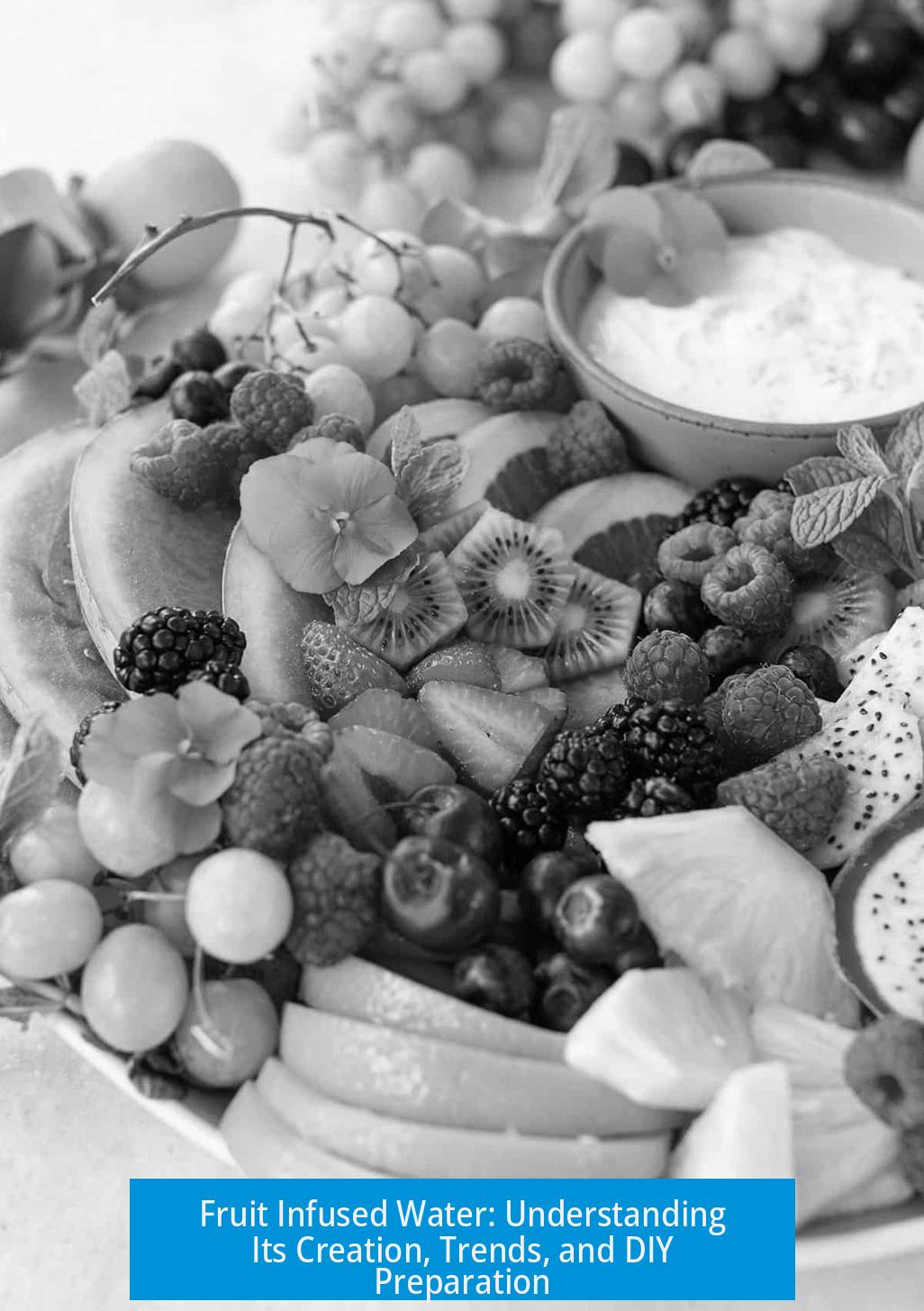

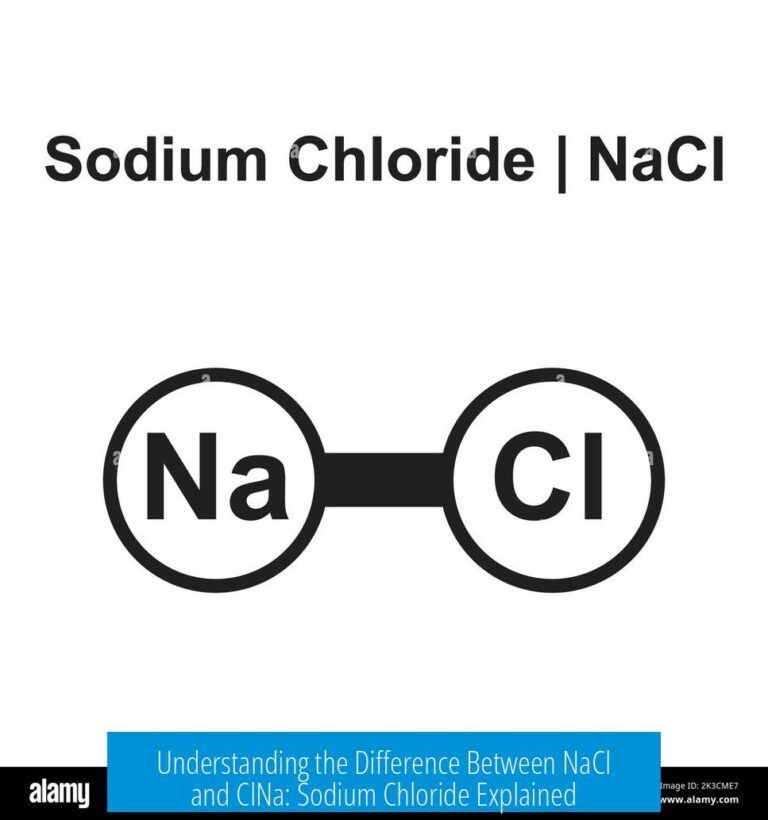
Leave a Comment